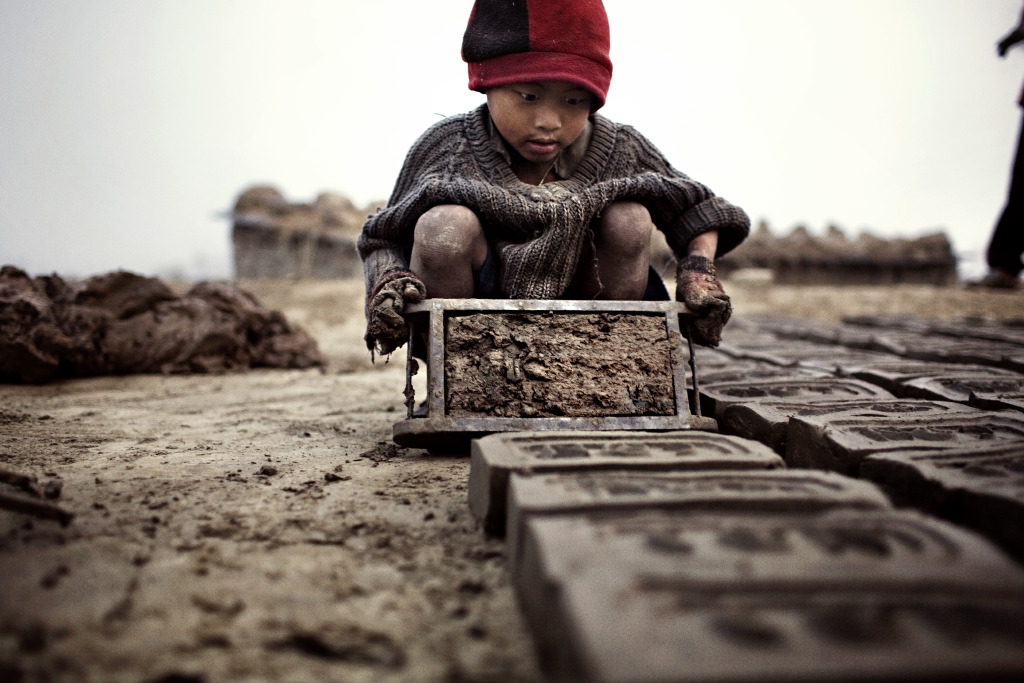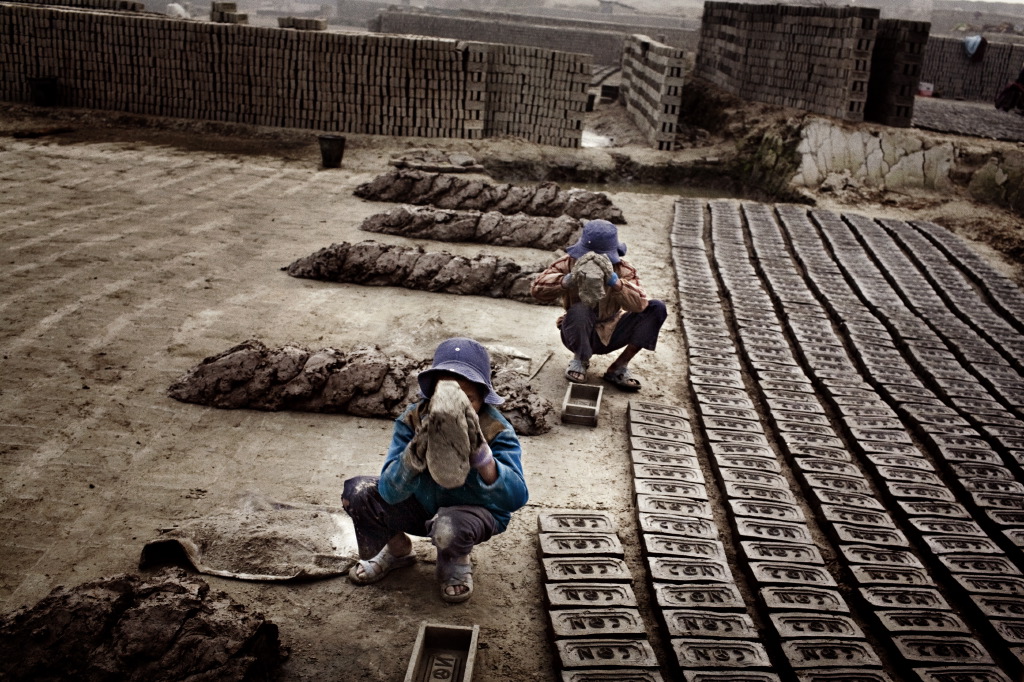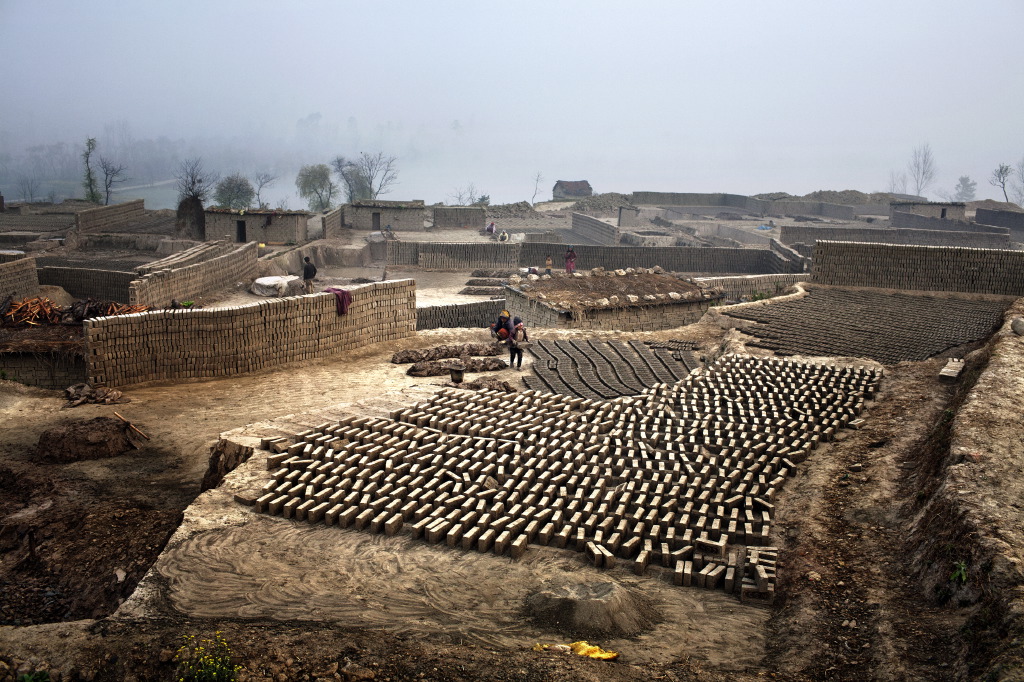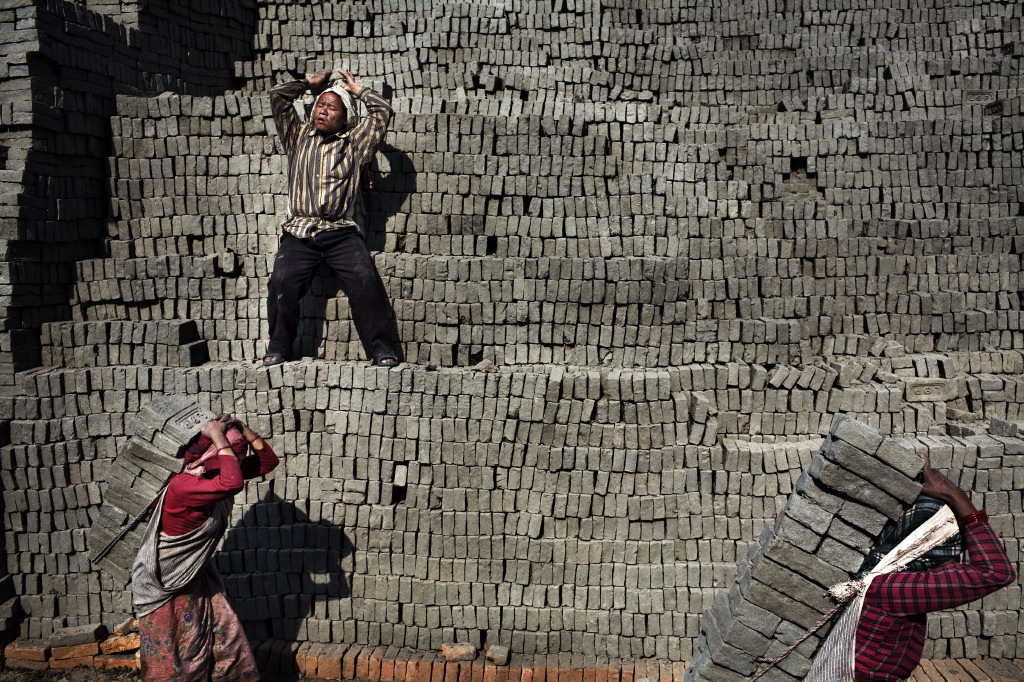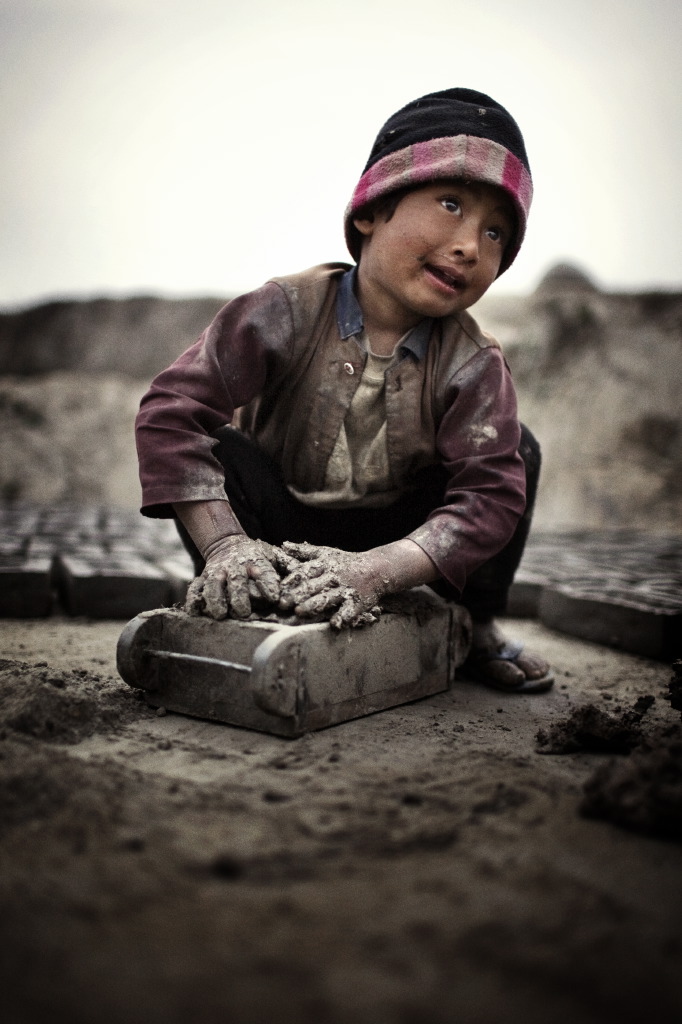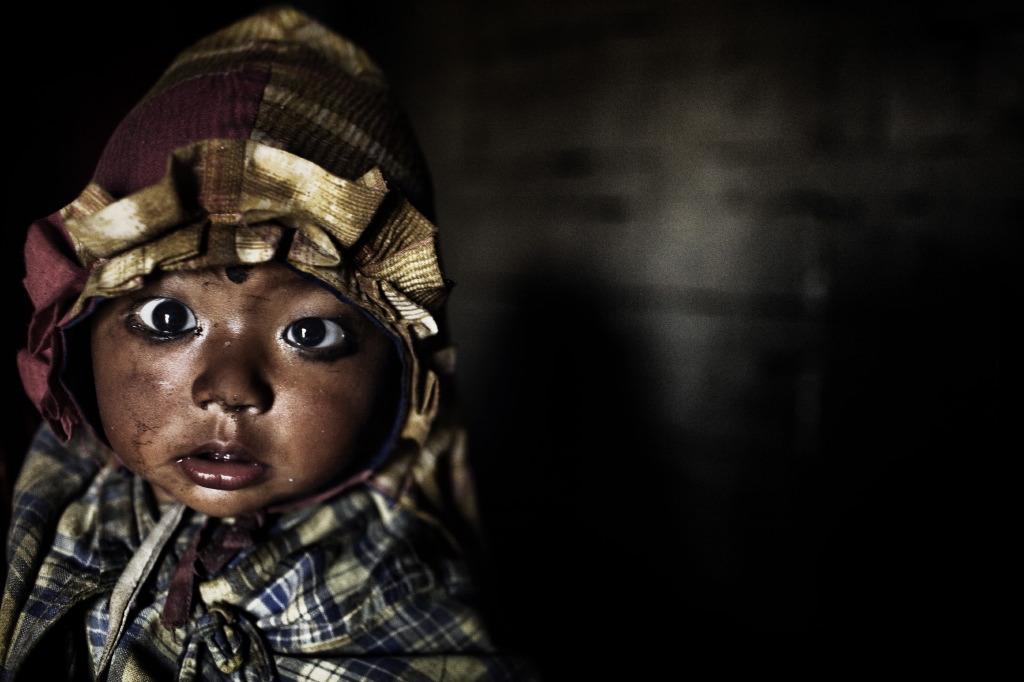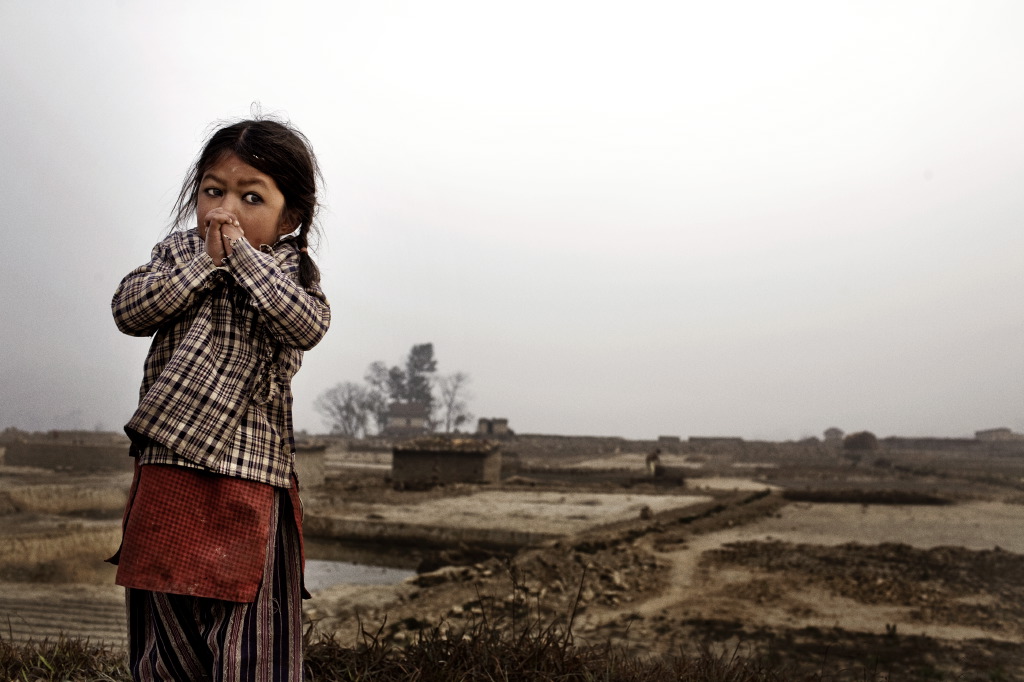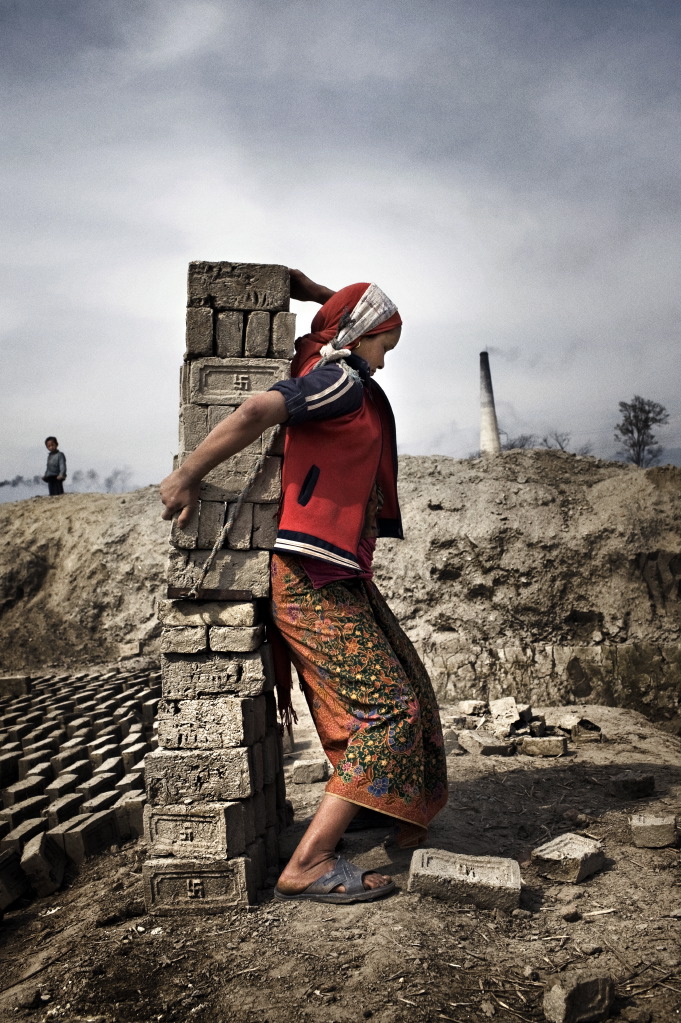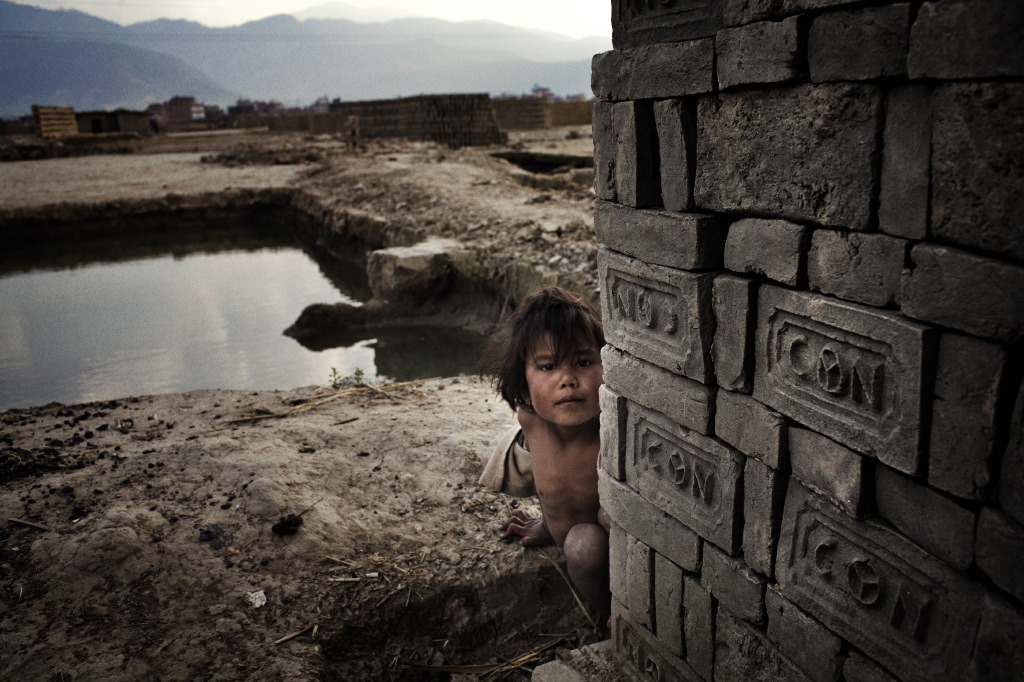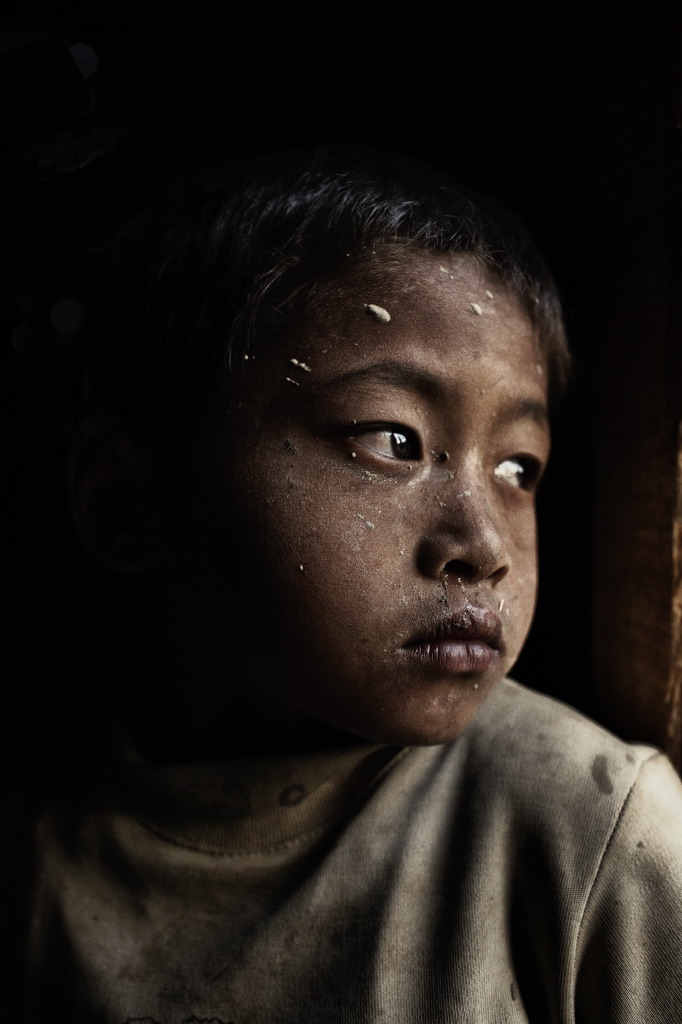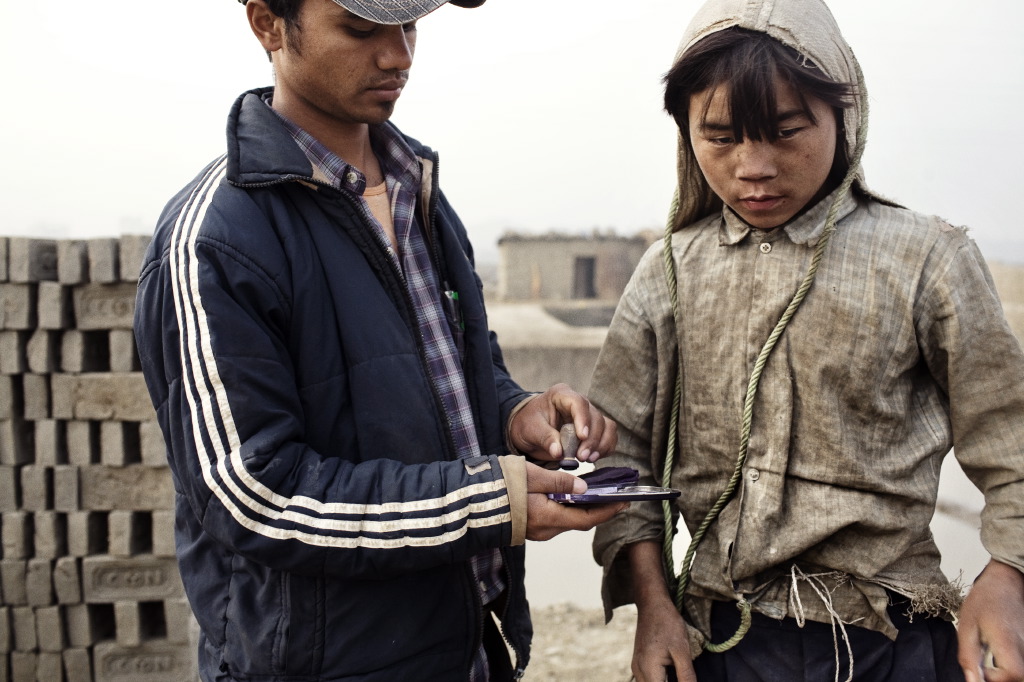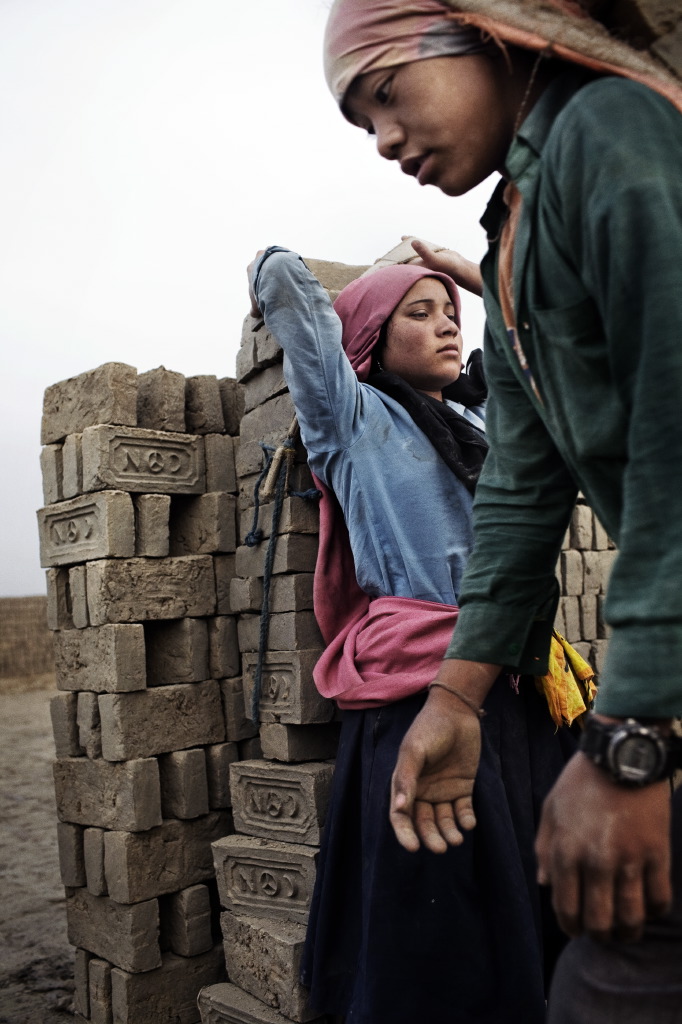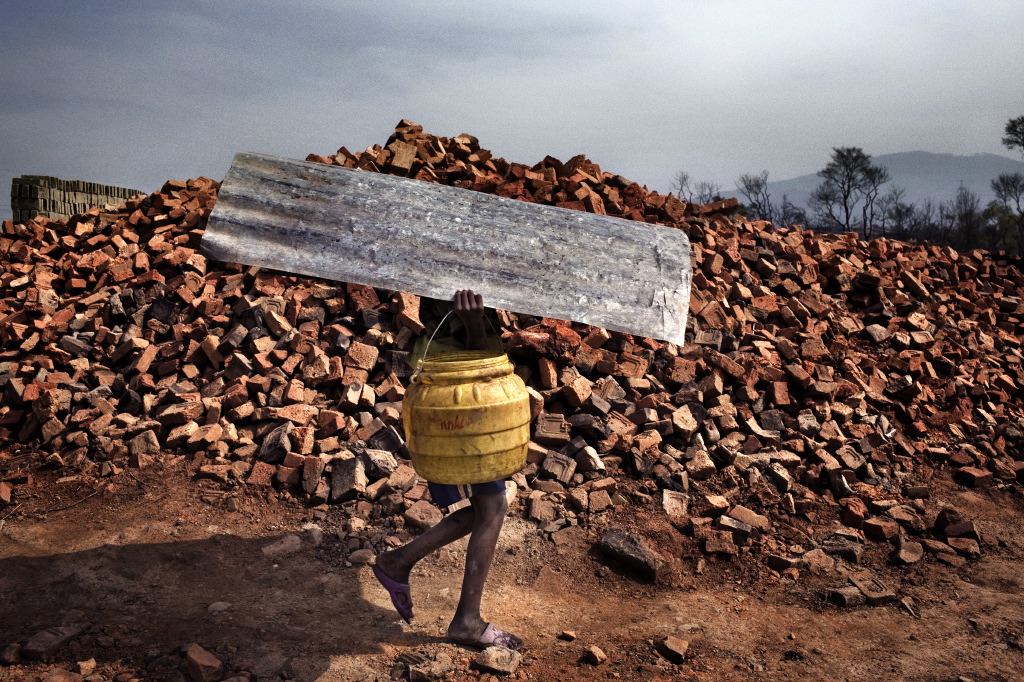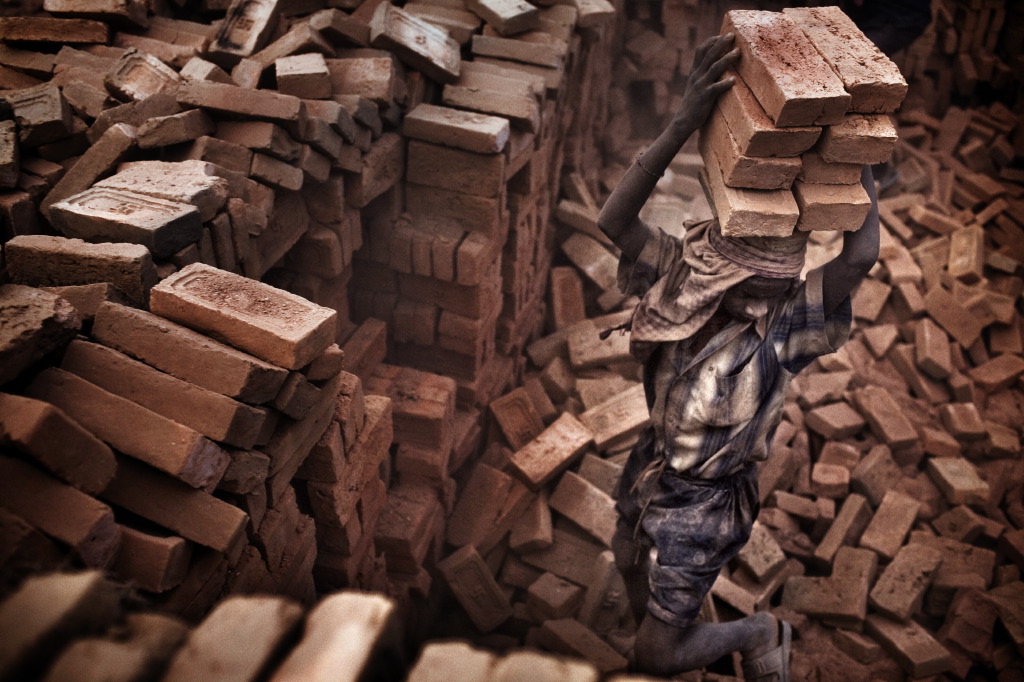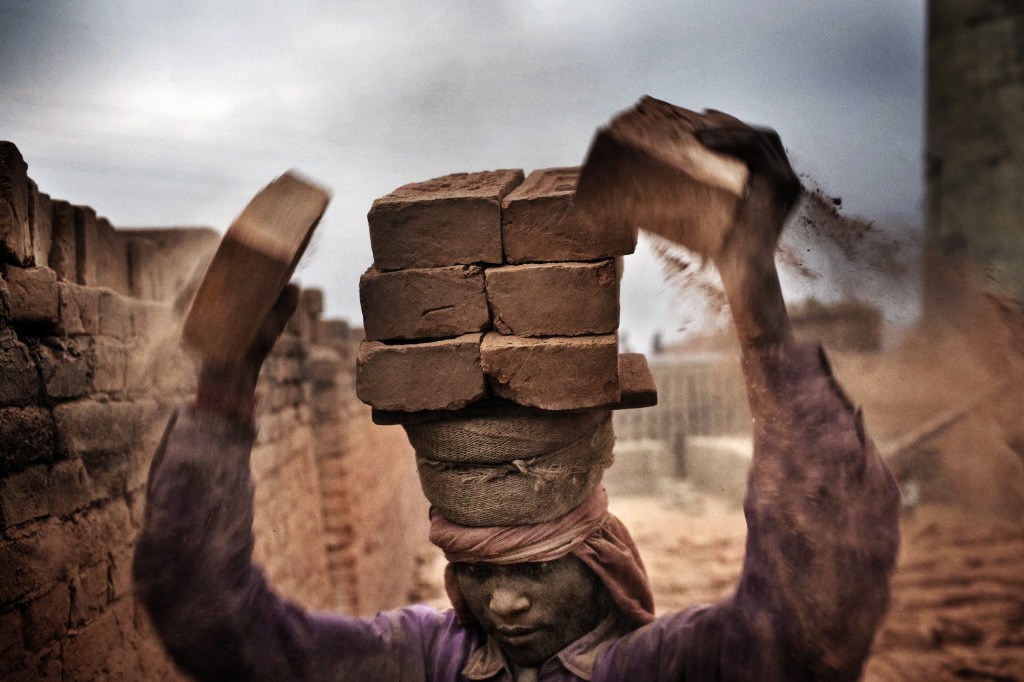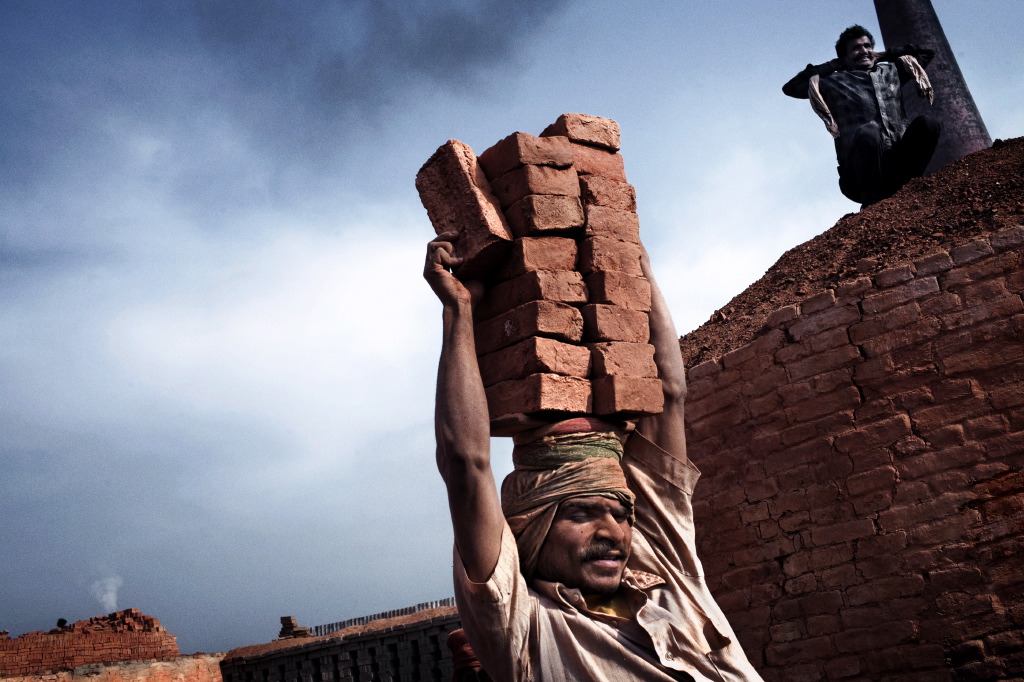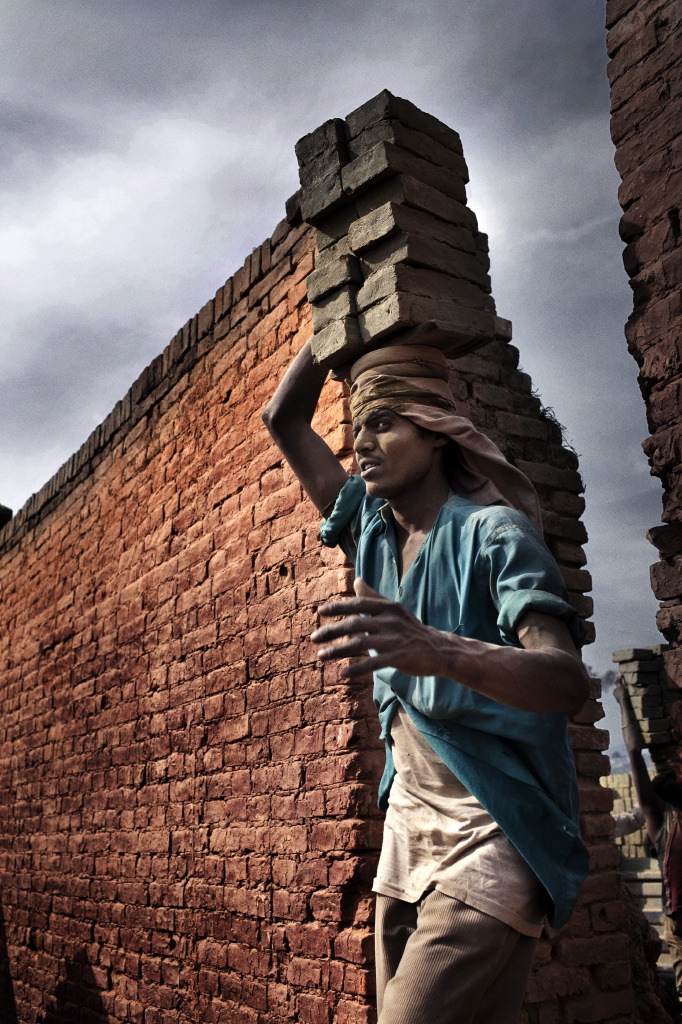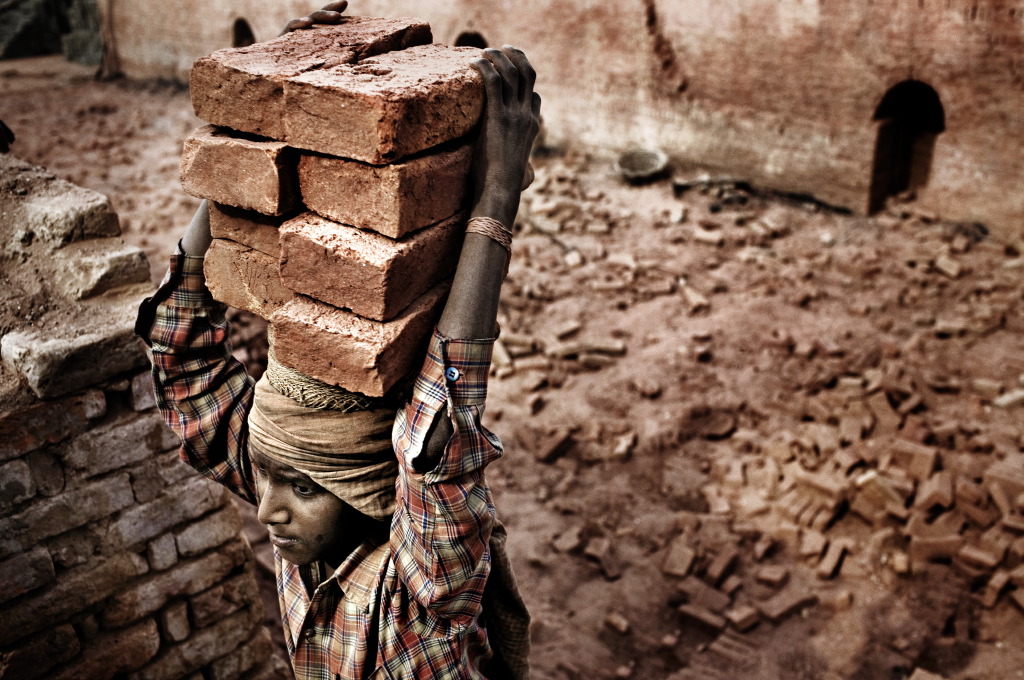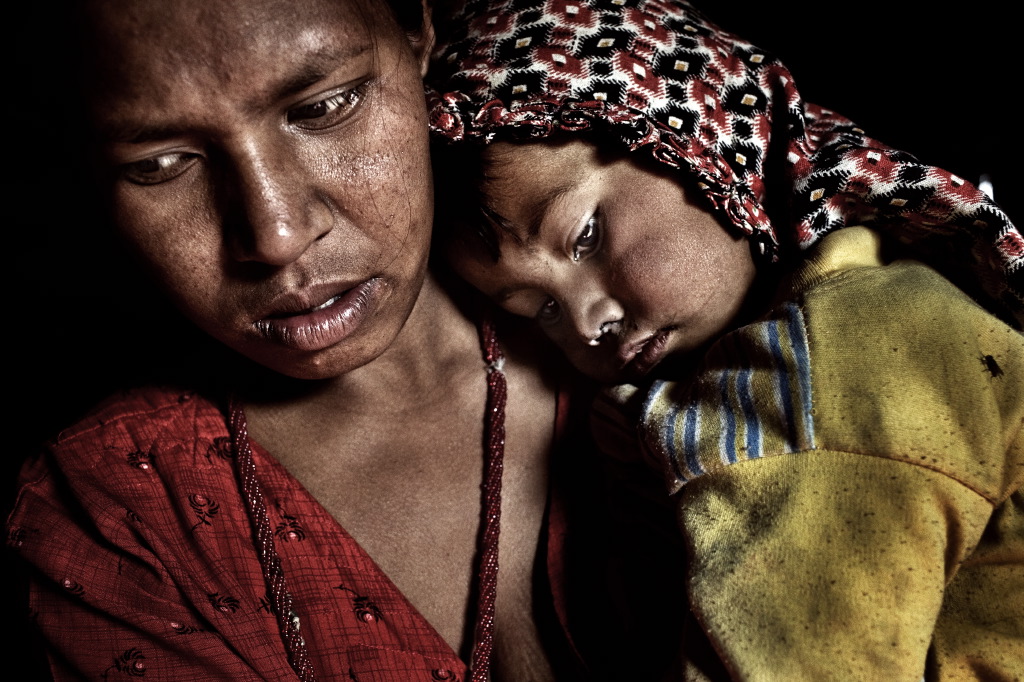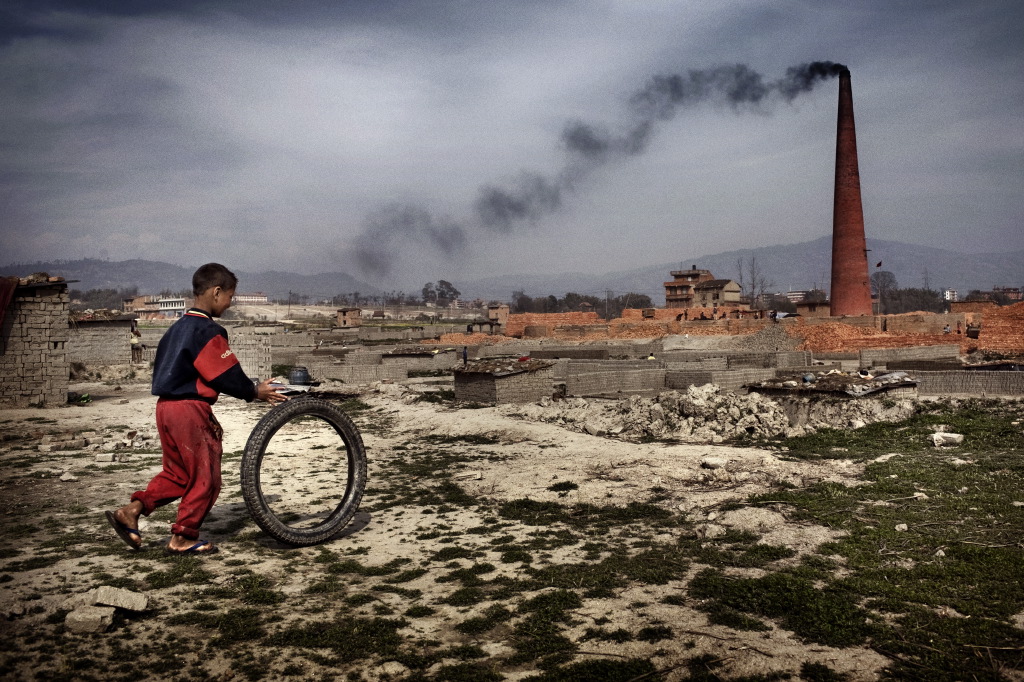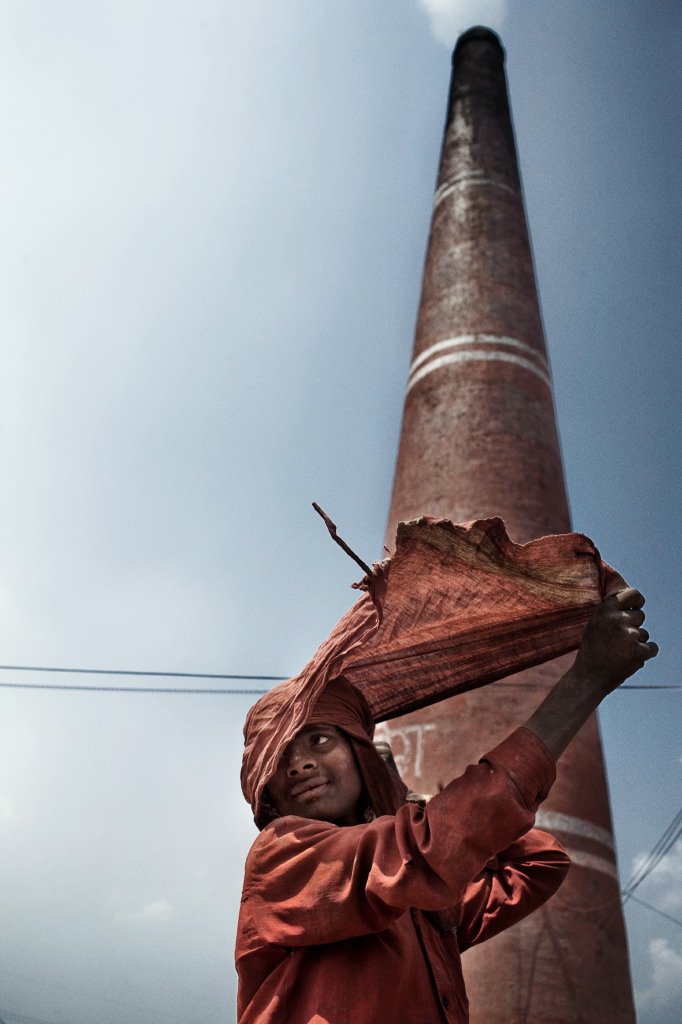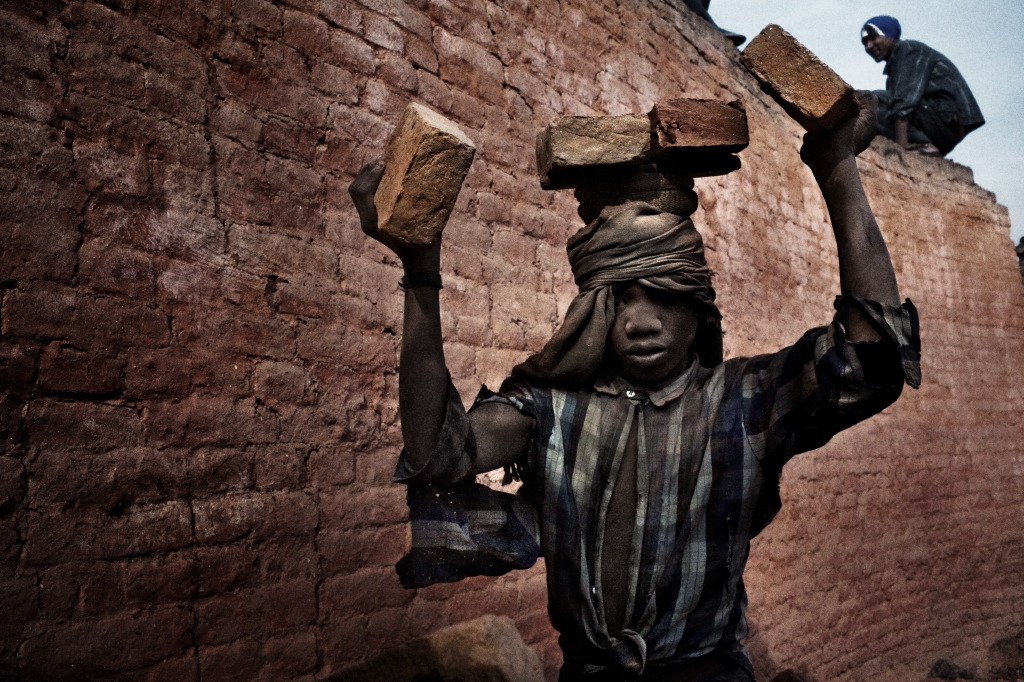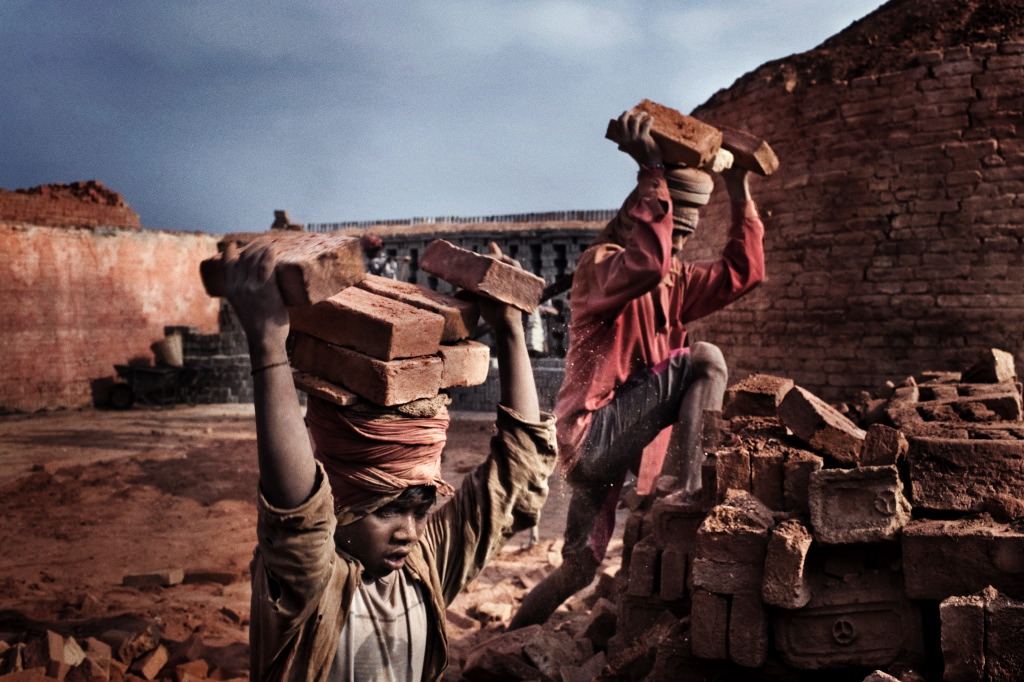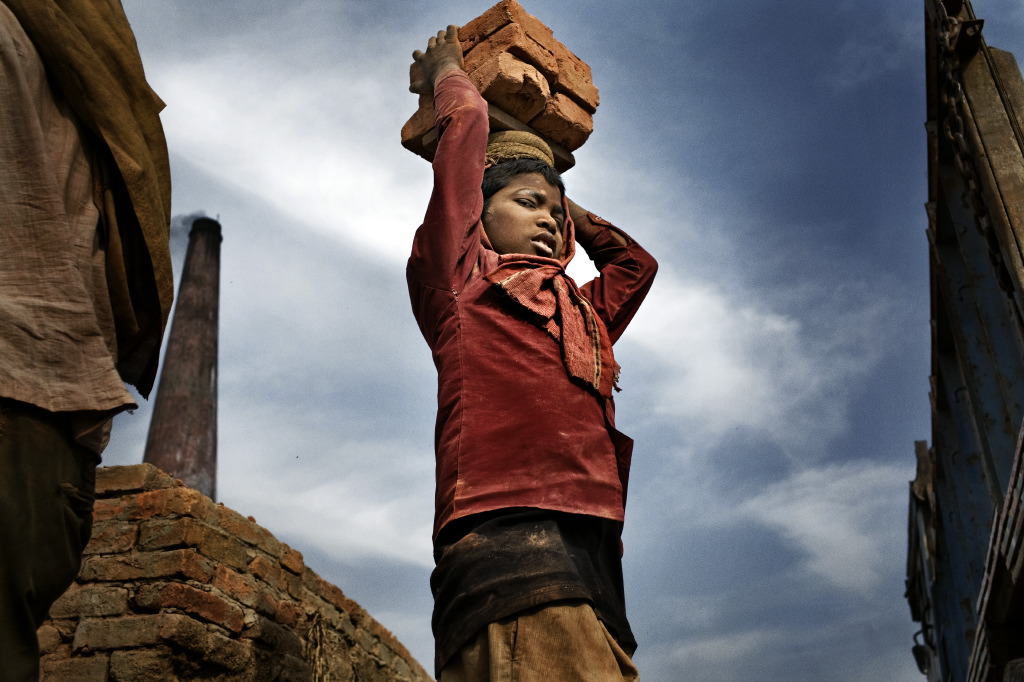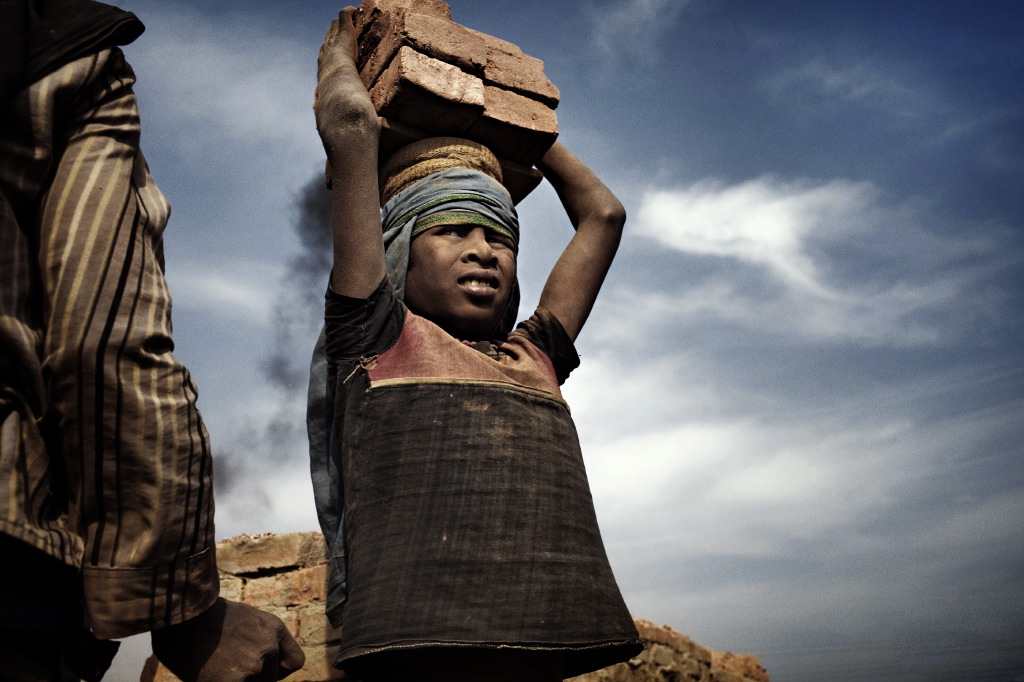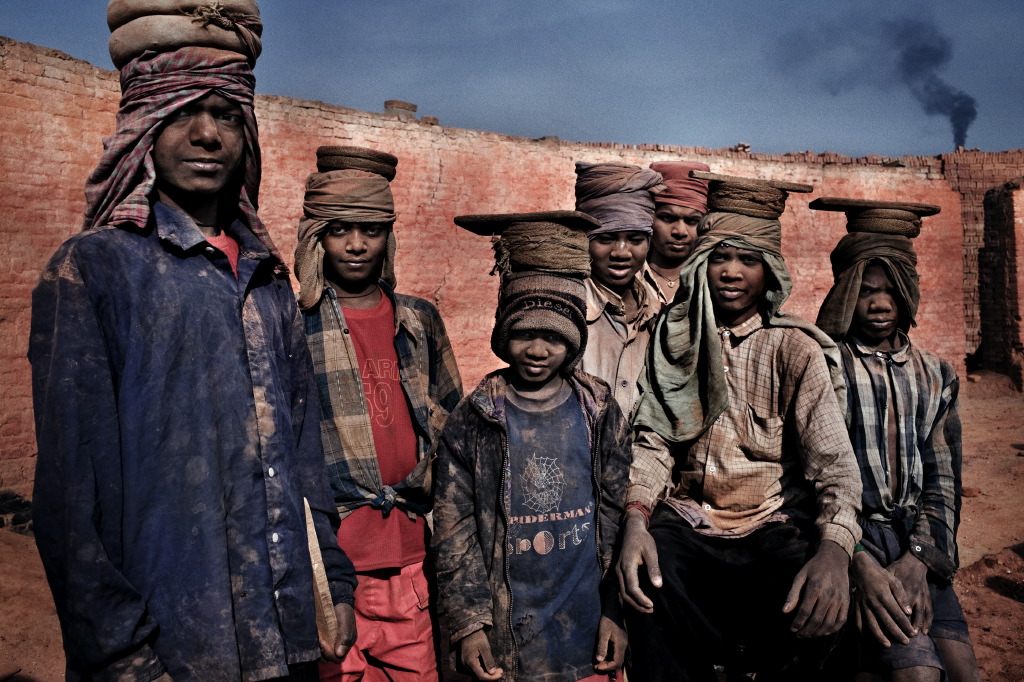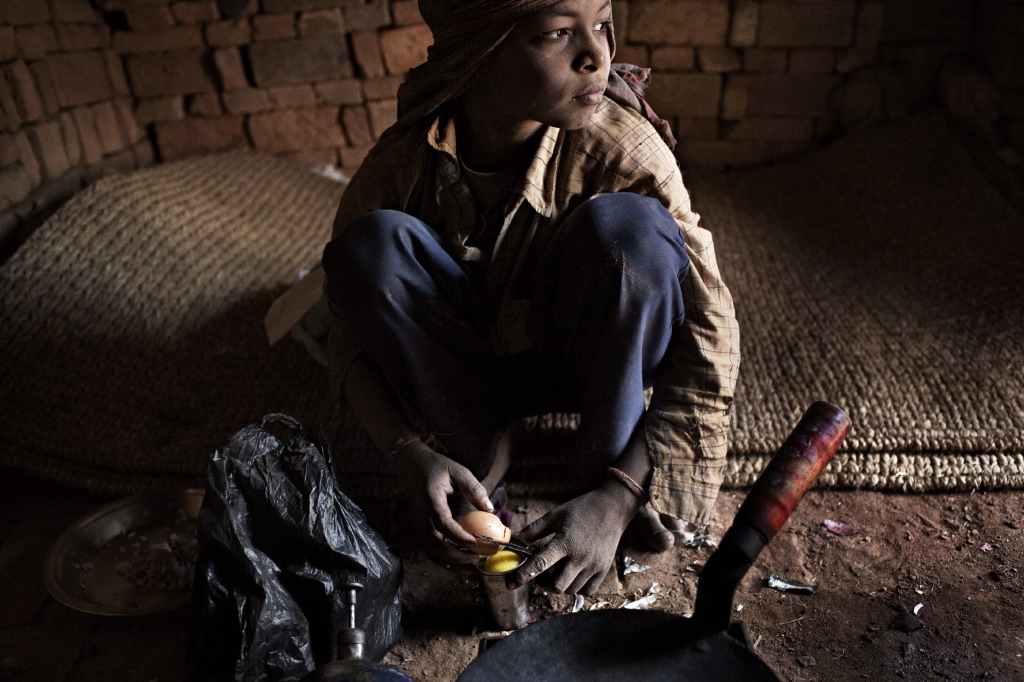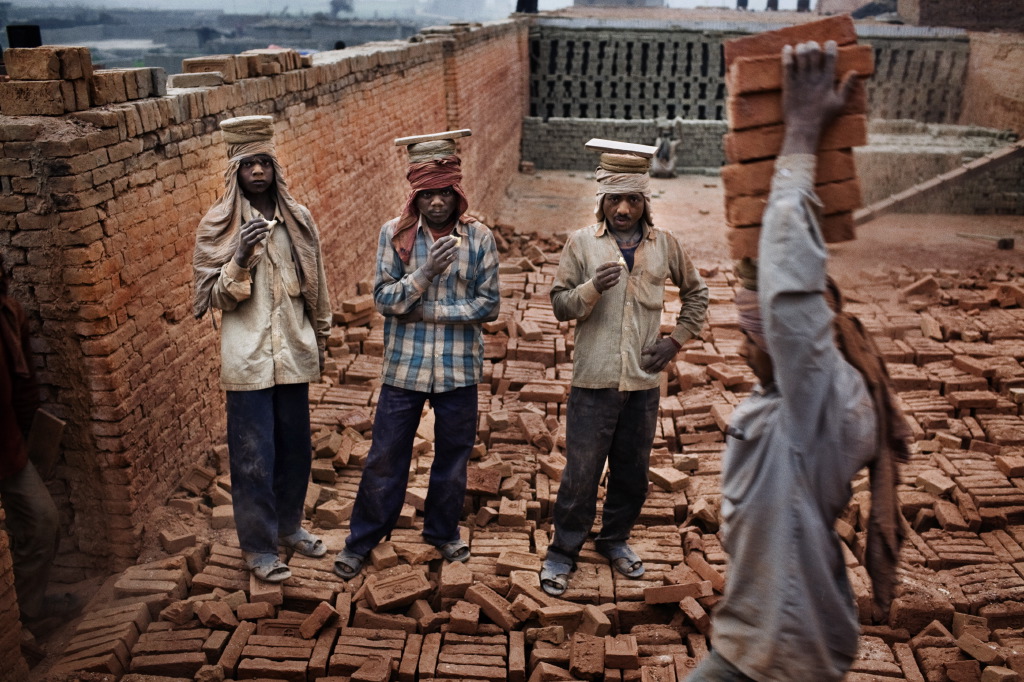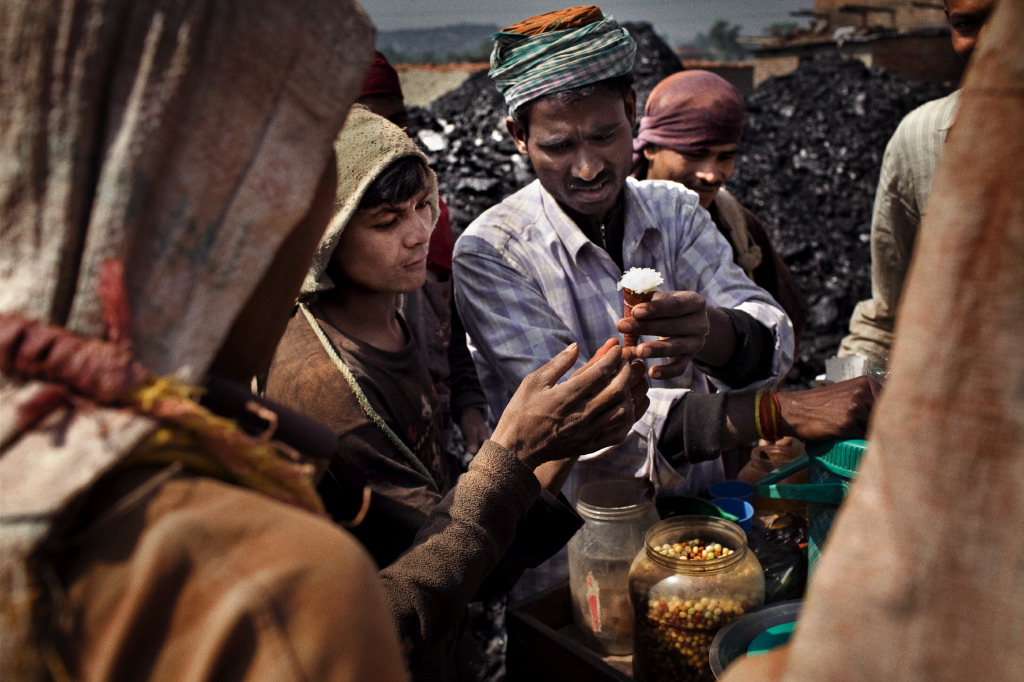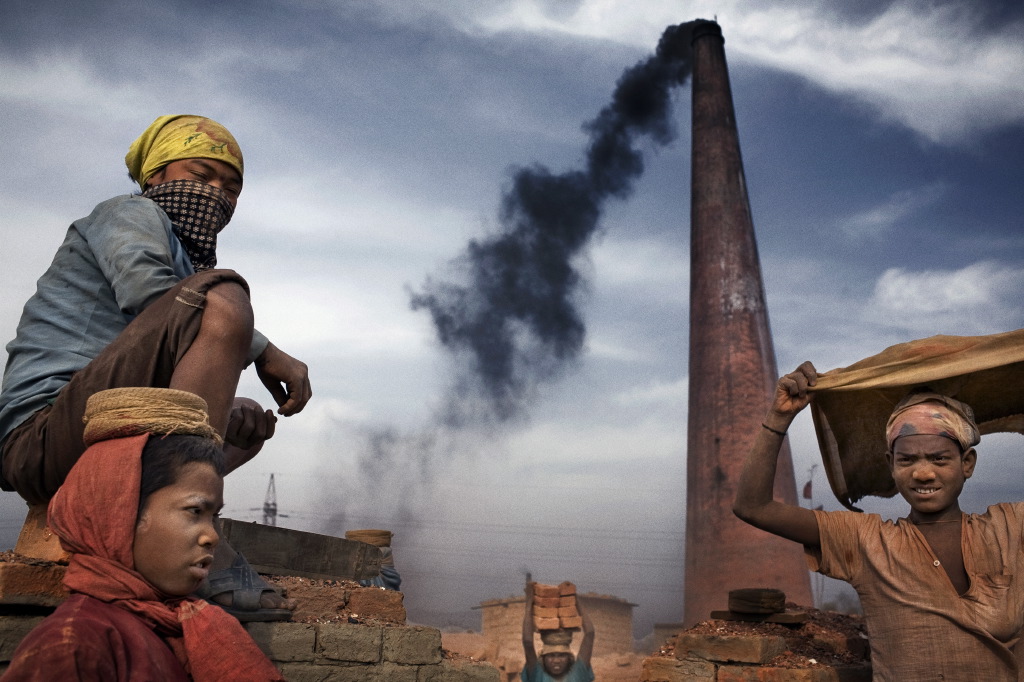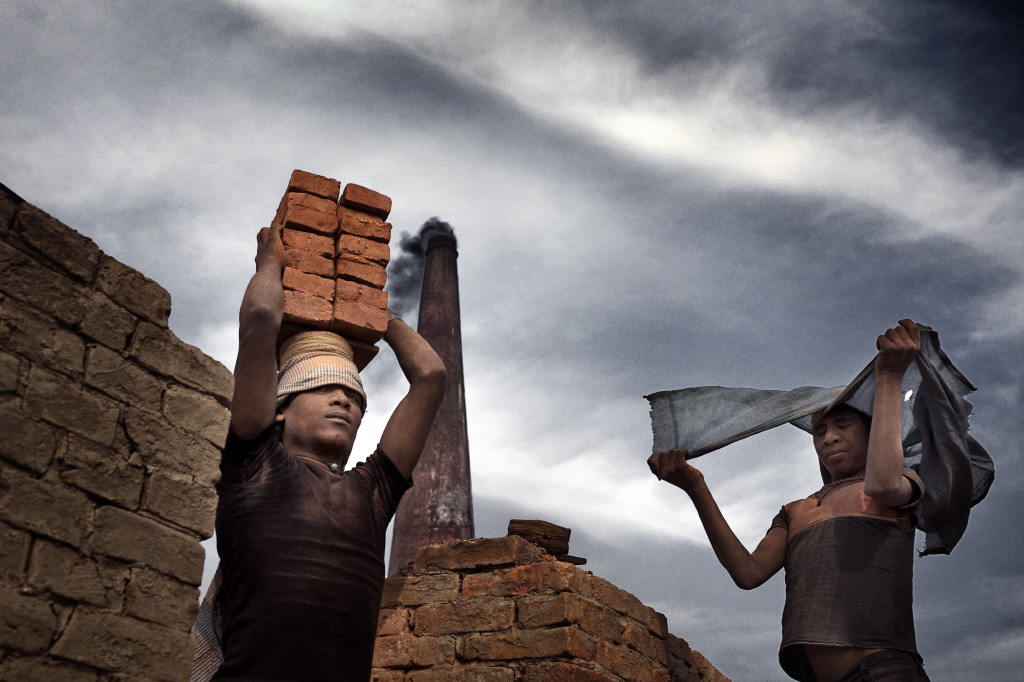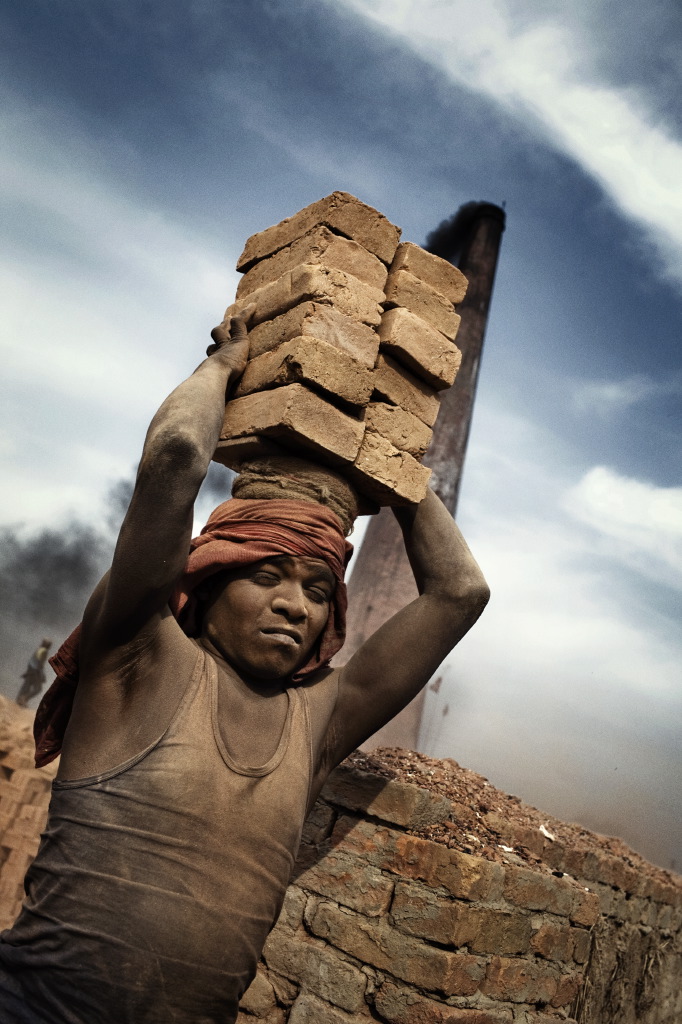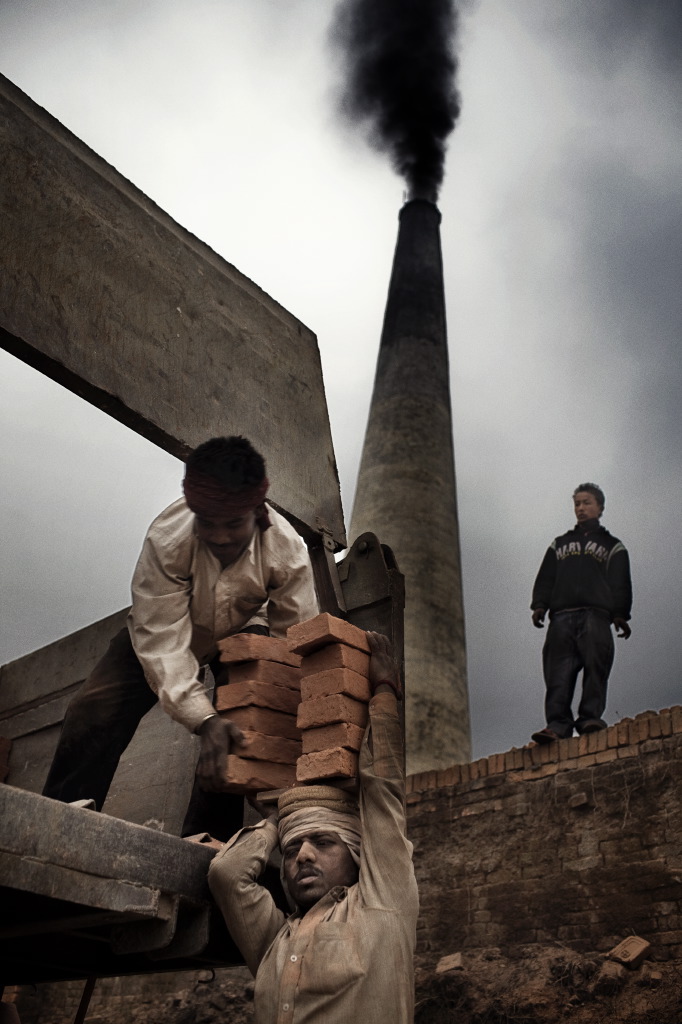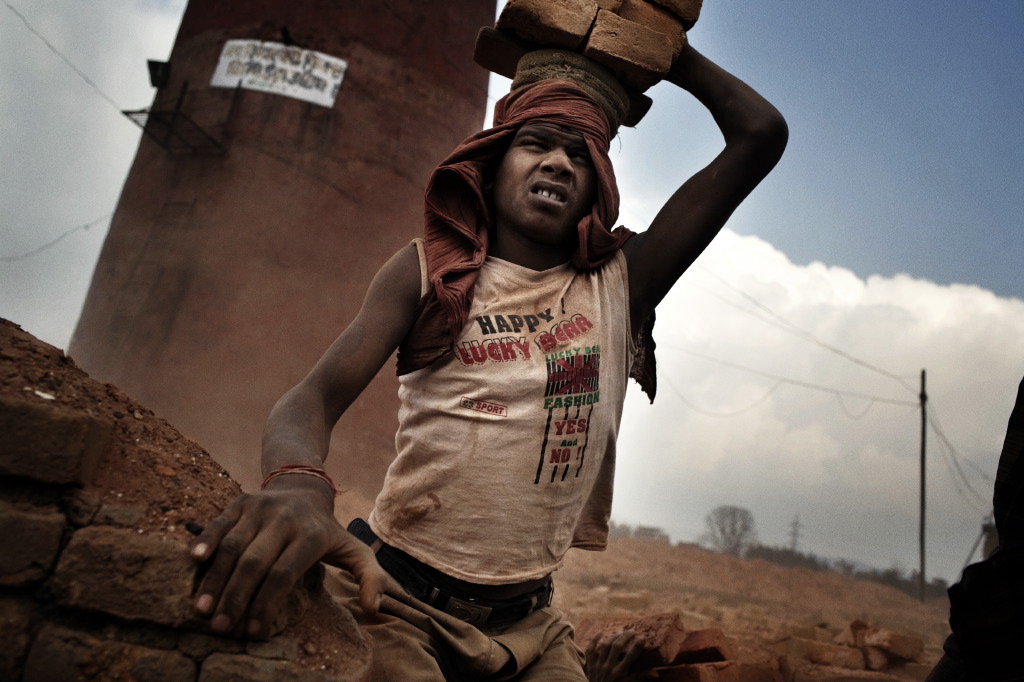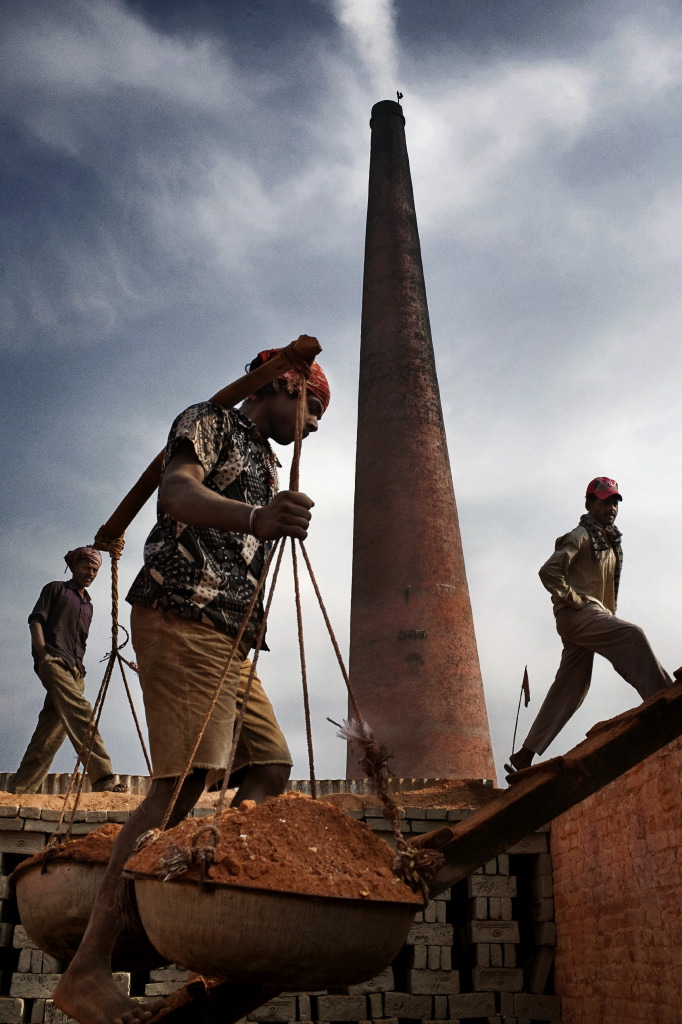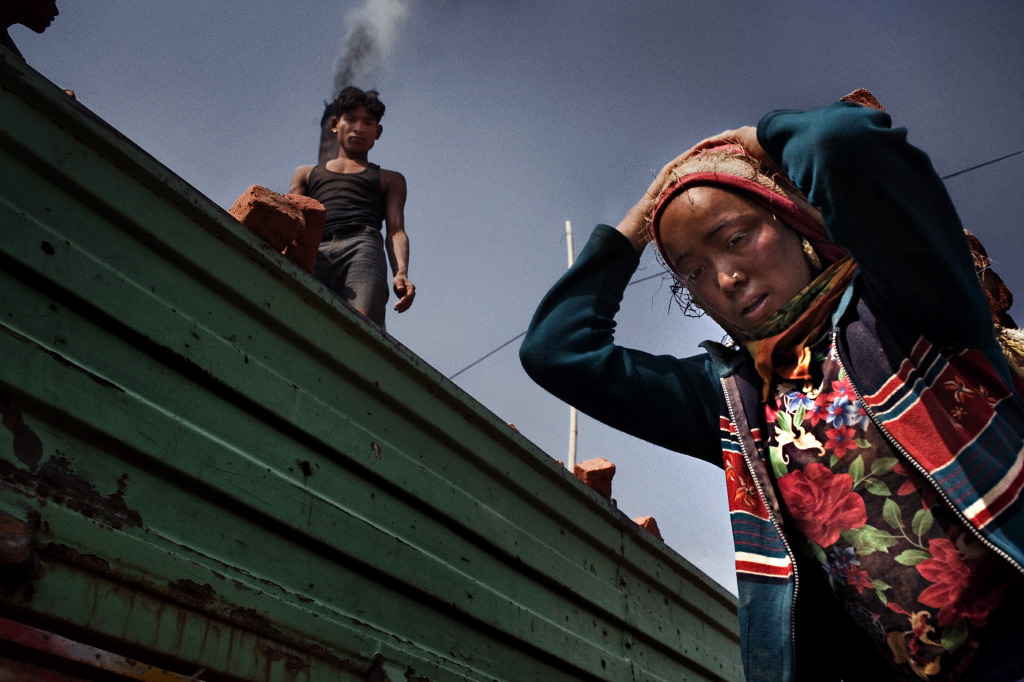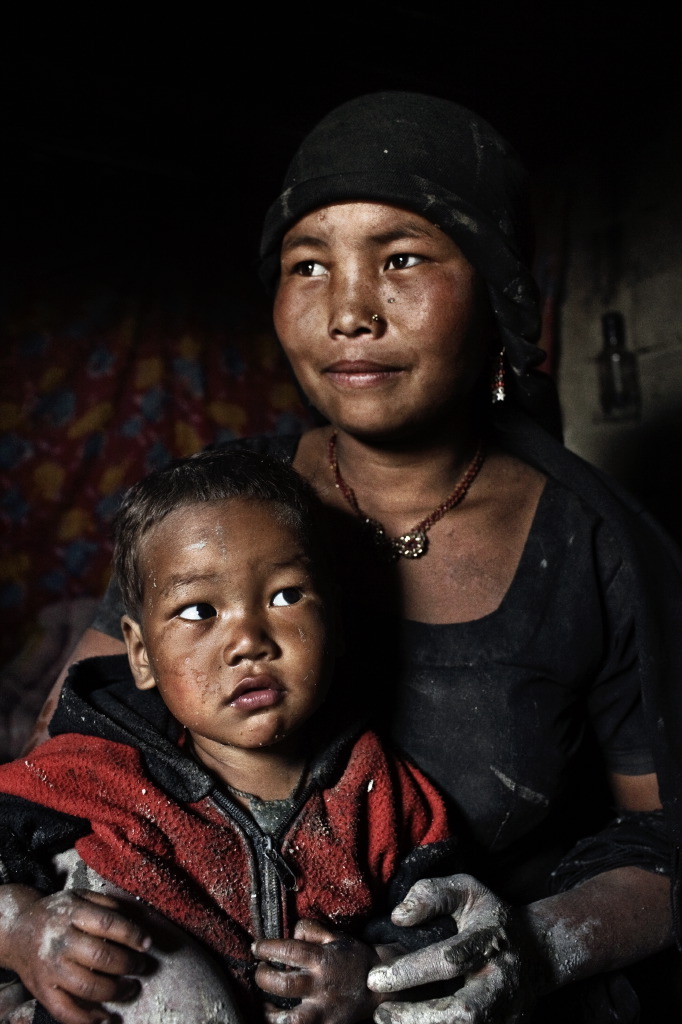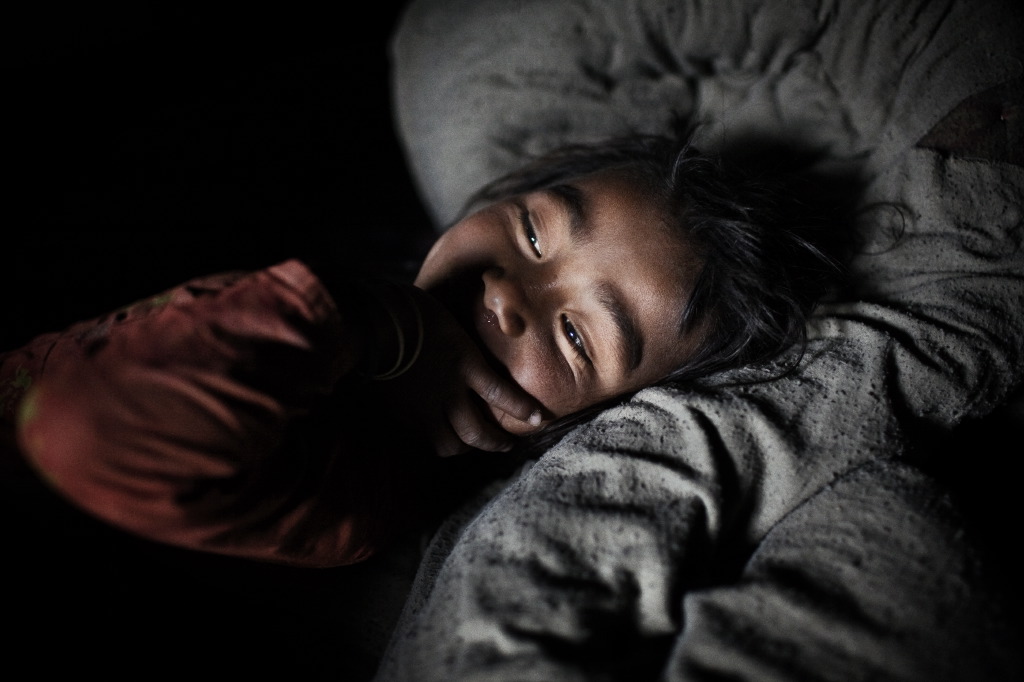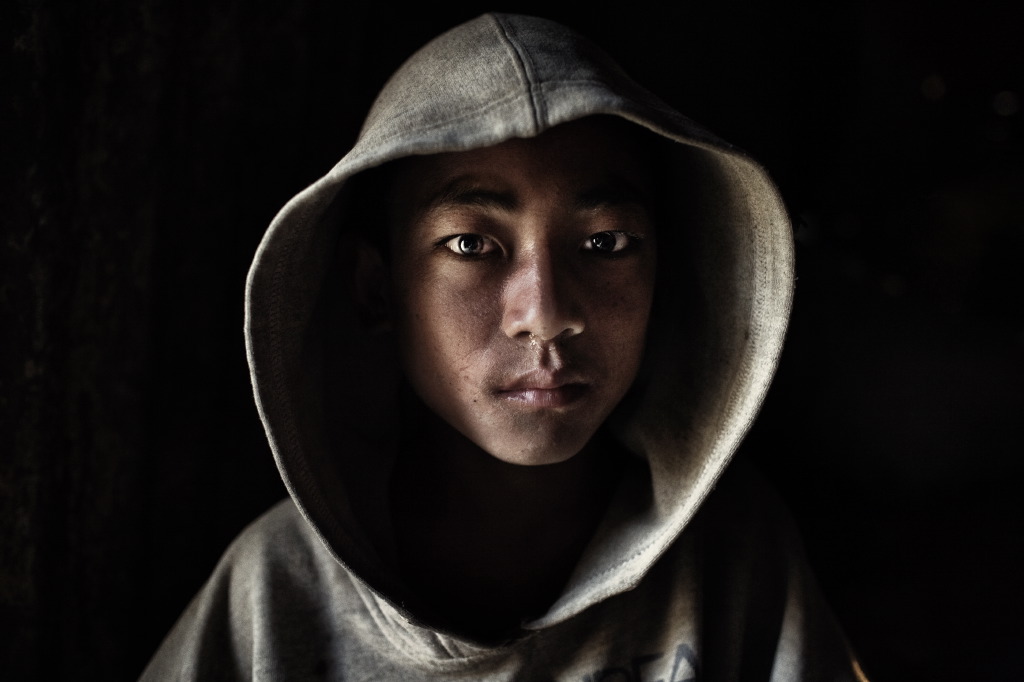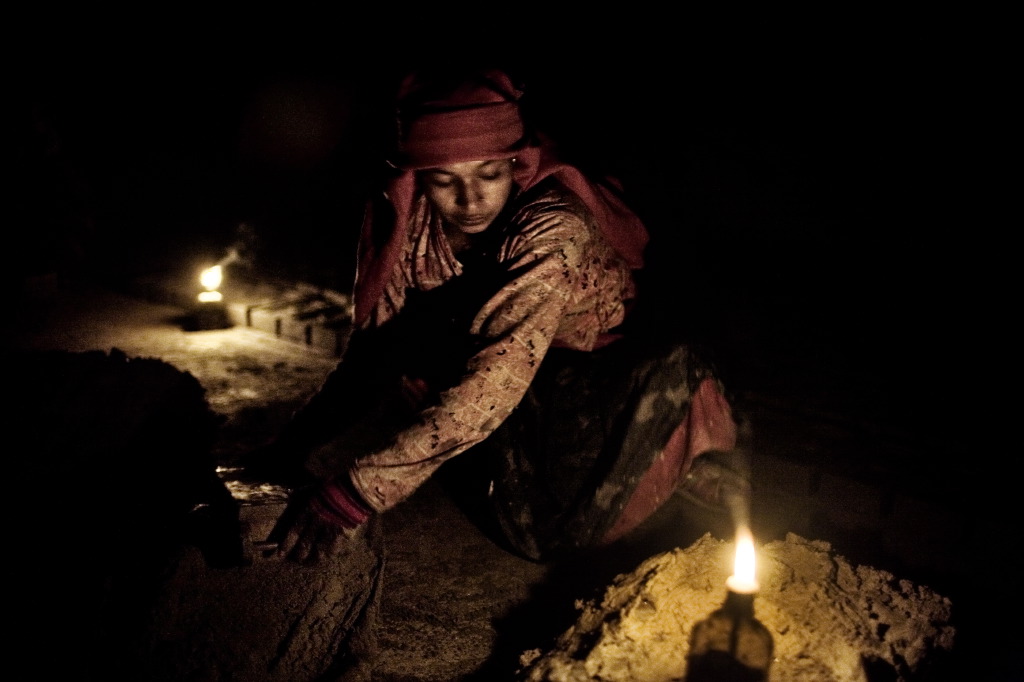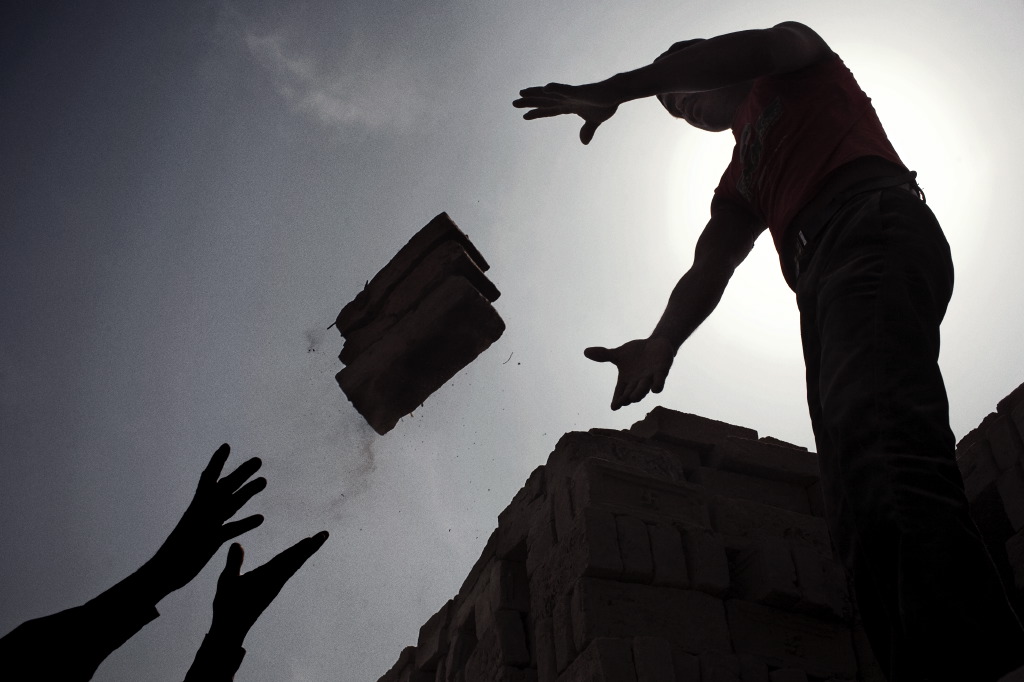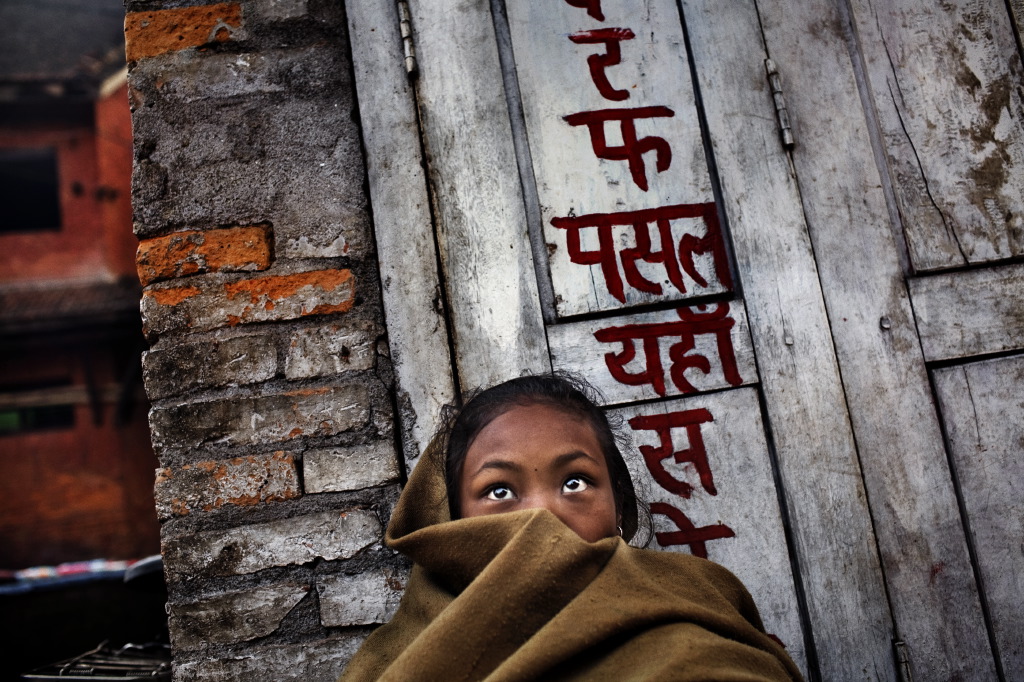X
It may seem like a neologism but it is not. As a matter of fact, all over the world children have always been the most docile, blackmailed and cheapest available work force to unscrupulous employers. According to data provided by international organizations, currently there are 150 million children in the world who do jobs that endanger their mental and physical health, and who are condemned to a life without any leisure or education. Among the children most at-risk, are the ones labouring in the furnaces. In many countries, bricks are still handmade. In Asia, Latin America and Africa, children dig clay for bricks using shovels, picks and awls. After mixing clay and water to get the proper consistency, children shape bricks by using small wooden moulds. Once the bricks are dry, they are first transported to the ovens to be cooked, and then, when ready, they are loaded onto trucks for shipment to construction companies. Each brick weighs up to 2kg, and a child carries on his head or shoulders up to 1.000-2.000 bricks per day, working 12 hours every day. The daily pay varies depending on the number of bricks handled and can be as low as 10 USD for a thousand bricks. The International Labor Organization (ILO) estimates that 2.6 million Nepalese children (40% of the entire population) between 5 and 14 years old are employed, thereof approximately 25.000 work in bricks kilns. There are more than 1.000 kilns in Nepal, thereof 750 in the Kathmandu Valley only. It has been calculated that these furnaces release, every year, about 83.000 tons of dioxin. “Worldless children” is a photo-reportage by Luca Catalano Gonzaga, funded by the Nando and Elsa Peretti Foundation. (text by Luca Catalano Gonzaga).
